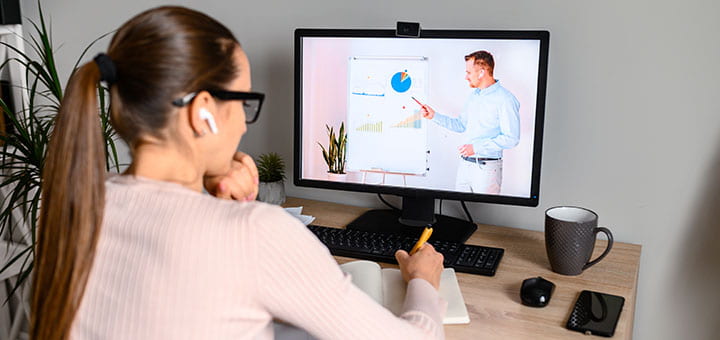According to Merriam-Webster, the definition of leadership encompasses: 1) the office or position of a leader; 2) capacity to lead; 3) the act or instance of leading; and 4) leaders.
Leadership is personal and organizational. It can be demand-driven, purpose-driven, people-driven or all three.
Leadership can be described differently by different people, depending on their vantage point.
The Wall Street Journal asserts that leaders should be able to adapt their style to the moment, responding to the particulars of a challenge. Effective leaders should be able to move between the following modes:
- Visionary — Helping an organization determine a new direction by moving people toward a new set of shared dreams.
- Coaching — When working one-on one to guide an individual’s professional development and to connect them to the broader organizational mission.
- Affiliate — If morale or trust are issues, this style focuses on team-building by connecting people to each other.
- Democratic — This style draws on people’s knowledge and skills, creating a group commitment to organizational goals.
- Pacesetting — In this style, the leader sets the standard for performance.
- Commanding — The classic model of “military”-style leadership, best suited for crisis or urgent situations. Probably the most often used, but the least often effective. Even the military has come to recognize its limited usefulness.
Tony Robbins, author, coach and nationally-renowned motivational speaker, insists all leaders should cultivate a style with an underpinning of servant leadership. That is, you using your leadership skills to serve a greater good. He believes you should first identify your purpose and then you explore the types of leadership style to determine which aligns best with your personality and situation.
His styles relate largely to the ones shared above. He even includes a “Style Quiz” to help you identify your particular style or combination of styles.
Harvard Business Review classifies leadership styles as “archetypes,” which simultaneously stamps the individual’s personality and situation onto a prototype as follows:
- The strategist: leadership as a game of chess.
- The change catalyst: leadership as a turnaround activity.
- The transactor: leadership as deal-making
- The builder: leadership as an entrepreneurial activity.
- The innovator: leadership as creative idea generation.
- The processor: leadership as an exercise in efficiency.
- The coach: leadership as a form of people development.
- The communicator: leadership as stage management.
What all these descriptions have in common is a certain level of self-awareness. The exercise of exploring personal leadership styles results in a greater understanding of an individual’s personality strengths and weaknesses, and how they might be best leveraged within an organization to have the desired result.
What matters ultimately is how you define leadership for yourself, and how that definition serves the organization and mission you find yourself charged with.
*
The core course in our Supervisory Leadership Certificate Program is “Developing Yourself and Others,” which includes a CliftonStrengths 34 assessment. You will learn your unique strengths and how best to leverage as a leader for the fulfillment of your organization’s mission and your individual purpose. Now enrolling for the spring session, starting in February.
*
RESOURCES:
Wall Street Journal, “How-To Guide: Developing a Leadership Style,” adapted from “The Wall Street Journal Guide to Management” by Alan Murray, published by Harper Business.
Tony Robbins, “7 Types of Leadership Styles.”
Harvard Business Review, “The Eight Archetypes of Leadership,” Manfred F. R. Kets de Vries, December 18, 2013.








